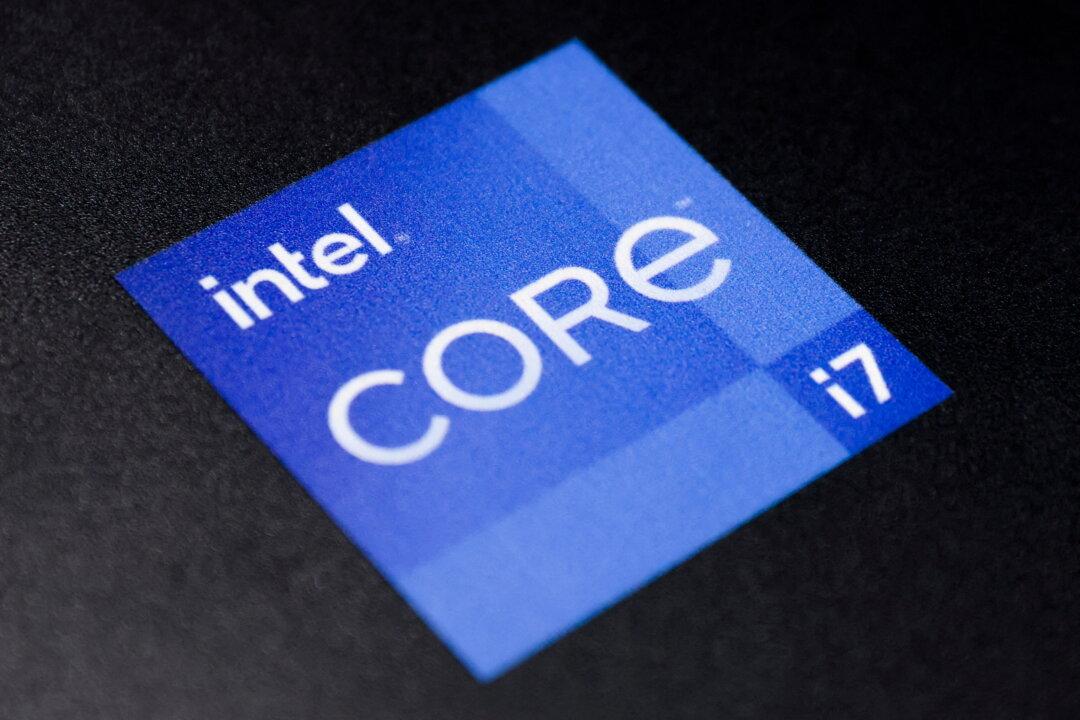Intel Corporation shares ended last week sharply lower, as the chip giant’s Investor Day presentations left investors unimpressed.
The Intel Analysts
BofA Securities analyst Vivek Arya maintained an Underperform rating and $52 price target for Intel shares.Rosenblatt Securities analyst Hans Mosesmann maintained a Sell rating and $40 price target.





